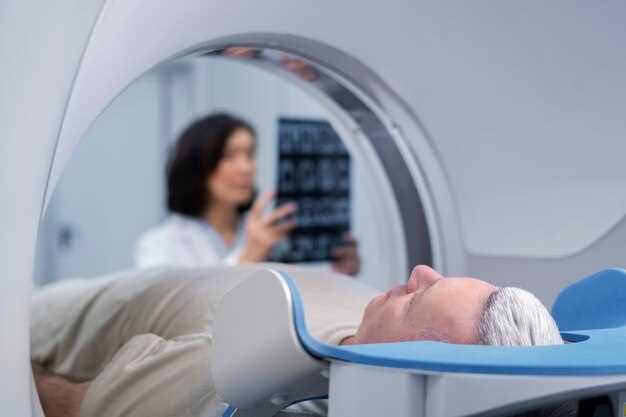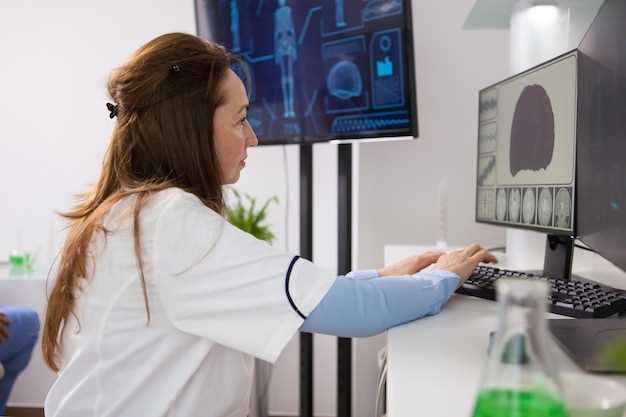
Looking for a reliable method to assess your cardiovascular health?
CT angiogram combined with metformin offers a precise and comprehensive view of your blood vessels. Ensure peace of mind with this advanced imaging technique.
Contact us today to schedule your appointment!
Benefits of Ct angiogram

A CT angiogram is an effective diagnostic tool that provides detailed images of blood vessels in the body. It is a non-invasive procedure, meaning it does not require surgery or incisions. This imaging technique is particularly useful in evaluating the blood flow in various organs and detecting any blockages or abnormalities.
CT angiograms offer several advantages over traditional angiography, including shorter procedure times, less discomfort for the patient, and lower risks of complications. Additionally, CT angiograms provide high-resolution images that allow healthcare providers to make accurate diagnoses and develop treatment plans more efficiently.
| Benefits | Details |
| Non-invasive | Does not require surgery or incisions |
| High-resolution images | Allow for accurate diagnoses and treatment planning |
| Shorter procedure times | Results in less discomfort for the patient |
| Lower risks of complications | Reduced chance of adverse reactions |
Effective diagnostic tool

Ct angiogram is a highly effective diagnostic tool that allows healthcare providers to visualize blood vessels throughout the body with great detail. This non-invasive procedure uses advanced imaging technology to create detailed images of the blood vessels, making it a valuable tool for diagnosing a wide range of conditions.
By providing clear and precise images, Ct angiogram can help healthcare providers identify blockages, narrowing, or other abnormalities in the blood vessels. This information is crucial for making an accurate diagnosis and developing an appropriate treatment plan for patients.
Non-invasive procedure
One of the key advantages of a Ct angiogram is that it is a non-invasive procedure. This means that it does not require any incisions or insertion of instruments into the body. Instead, a Ct angiogram uses advanced imaging technology to generate detailed images of the blood vessels in the body.
Patients do not need to worry about the risks and recovery time associated with invasive procedures, making a Ct angiogram a convenient and efficient option for diagnosing vascular conditions.
Guidelines for patients
Before undergoing a Ct angiogram, it is important for patients to follow these guidelines:
- Inform your healthcare provider about any allergies, medical conditions, or medications you are currently taking.
- Follow the fasting instructions provided by your doctor, which usually include avoiding food and drinks for a certain period before the procedure.
- Wear loose, comfortable clothing and remove any metal objects, such as jewelry, before the Ct angiogram.
Additionally, it is essential to discuss any concerns or questions you may have about the procedure with your healthcare team. Following these guidelines can help ensure a successful and safe Ct angiogram.
How to prepare
Before undergoing a CT angiogram, it is important to prepare for the procedure to ensure accurate and reliable results. Here are some guidelines to help you prepare:
1. Fasting:
Typically, you will be asked to refrain from eating or drinking for a few hours before the CT angiogram to reduce the risk of complications.
2. Medication:
Inform your healthcare provider about any medications you are currently taking, especially if you are diabetic or taking metformin, as these may need to be adjusted before the procedure.
Follow any specific instructions given by your doctor regarding medication adjustments before the CT angiogram.
By following these preparation guidelines, you can help ensure a successful and safe CT angiogram procedure.
Risks and considerations
When undergoing a CT angiogram, there are some risks and considerations to keep in mind:
1. Radiation exposure:
- CT angiograms involve the use of ionizing radiation, which can pose a slight risk of cancer. However, the benefits of the procedure generally outweigh this risk.
2. Contrast dye:
- Contrast dye is often used in CT angiograms to enhance the visibility of blood vessels. Some patients may be allergic to the dye or experience kidney problems due to its use.
It is important to discuss any concerns or medical conditions with your healthcare provider before undergoing a CT angiogram to ensure the procedure is appropriate for you.
Potential interactions
When undergoing a Ct angiogram, it is important to be aware of potential interactions with other medications or substances. Some medications may interfere with the contrast dye used during the procedure, leading to adverse reactions or inaccurate results. It is crucial to inform your healthcare provider about any medications you are currently taking, including prescription drugs, over-the-counter medications, supplements, and herbal remedies.
Specific medications that may interact with the contrast dye include certain antibiotics, antidiabetic medications like metformin, and medications for thyroid conditions. Additionally, substances like caffeine, alcohol, and tobacco may also affect the results of the Ct angiogram.
Before the procedure, your healthcare provider will review your medical history and current medications to determine if any adjustments need to be made. They may ask you to temporarily stop taking certain medications or to avoid specific substances leading up to the Ct angiogram.
Recommendations for patients
After undergoing a Ct angiogram, it is important for patients to follow certain recommendations to ensure optimal recovery and health. Here are some key recommendations:
1. Stay hydrated
Drink plenty of water following the procedure to help flush the contrast dye out of your system and prevent dehydration.
2. Rest and recover
Take it easy for the rest of the day after the Ct angiogram. Avoid strenuous activities and allow your body time to recover.
Important: If you experience any unusual symptoms or side effects after the procedure, such as persistent pain, swelling, or difficulty breathing, contact your healthcare provider immediately.
